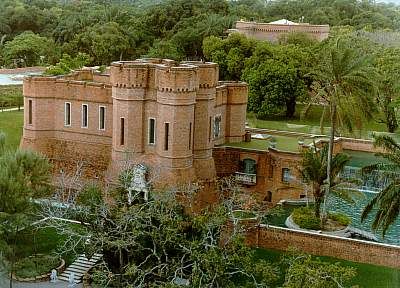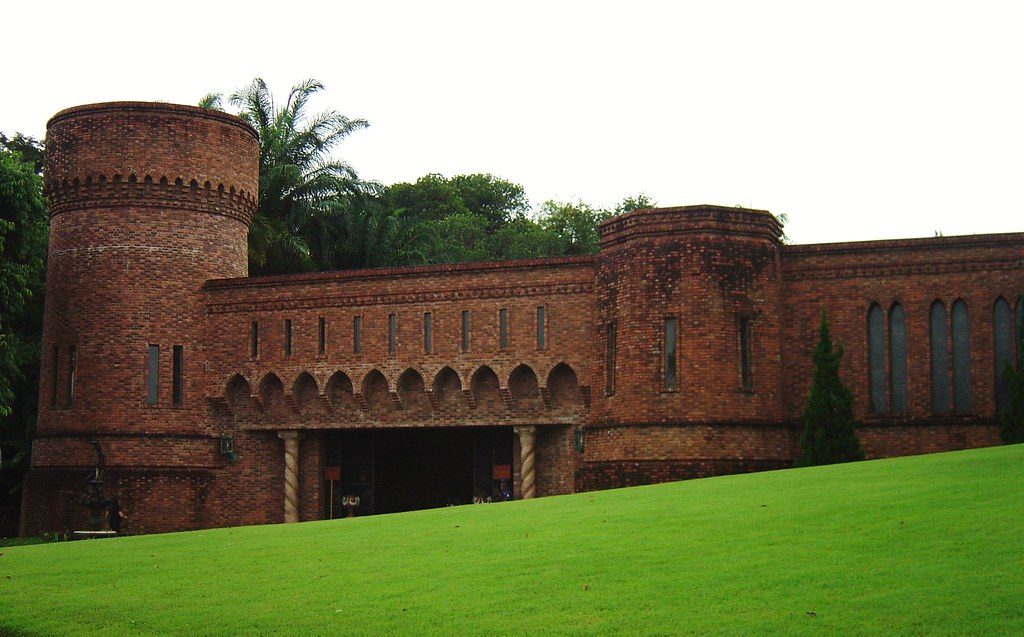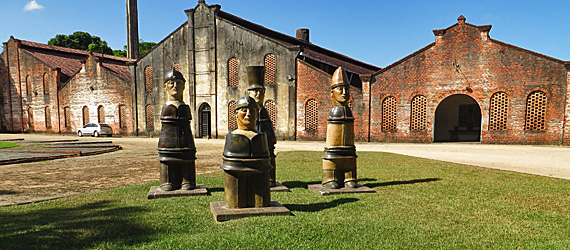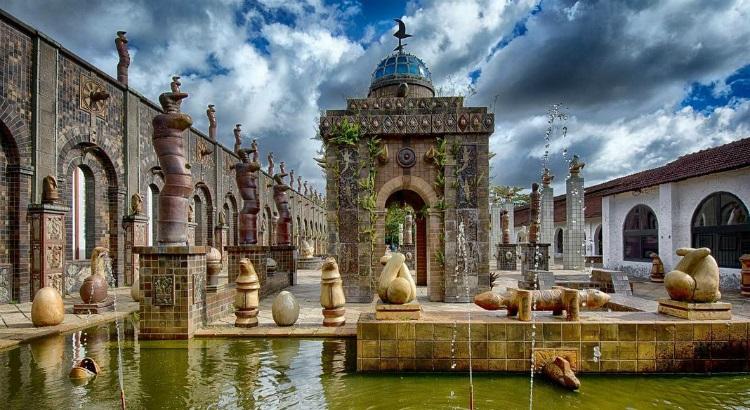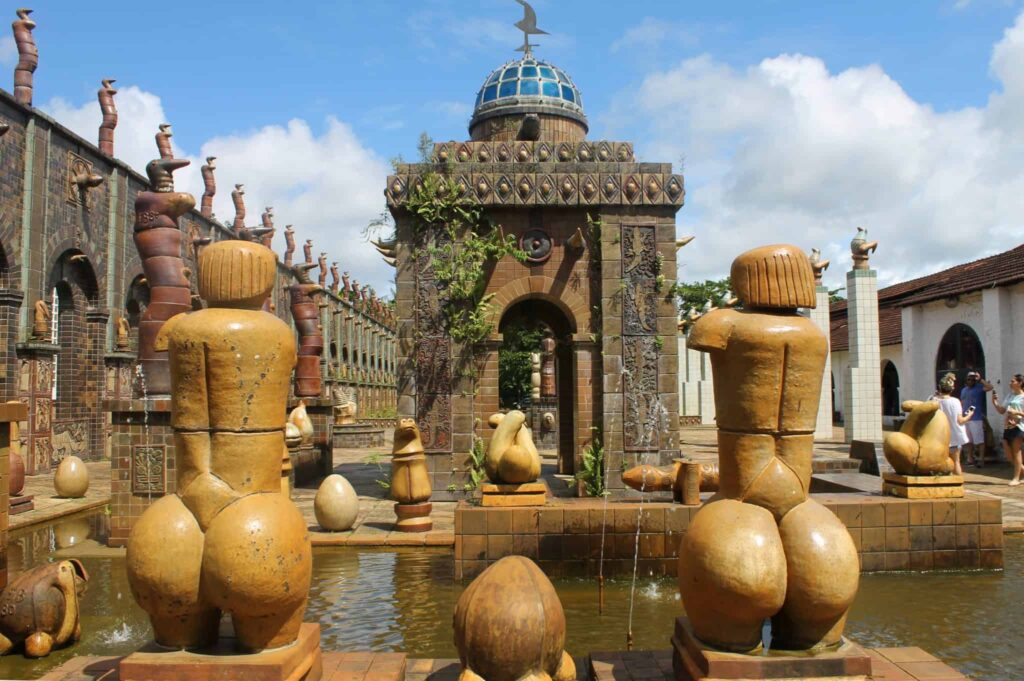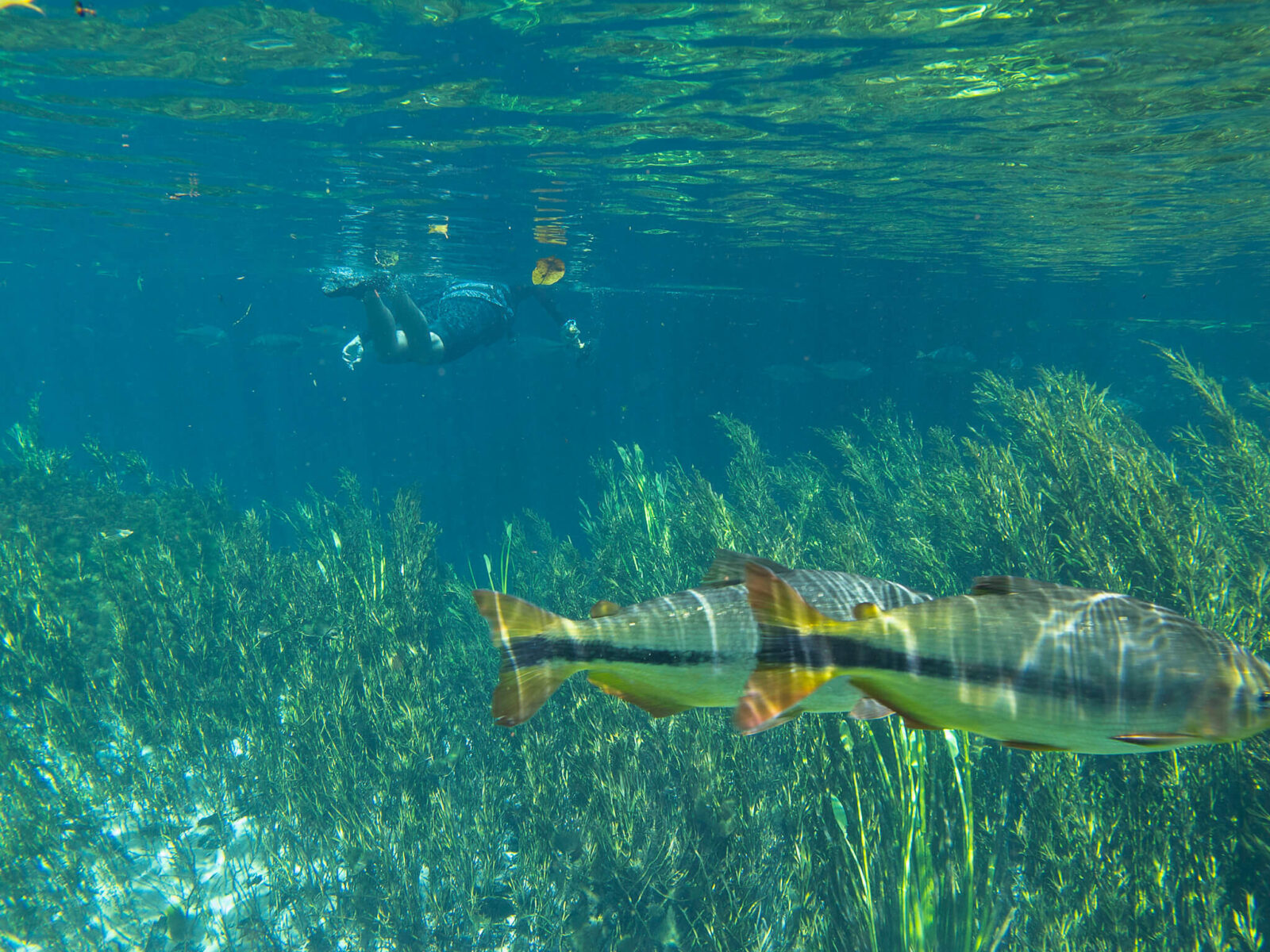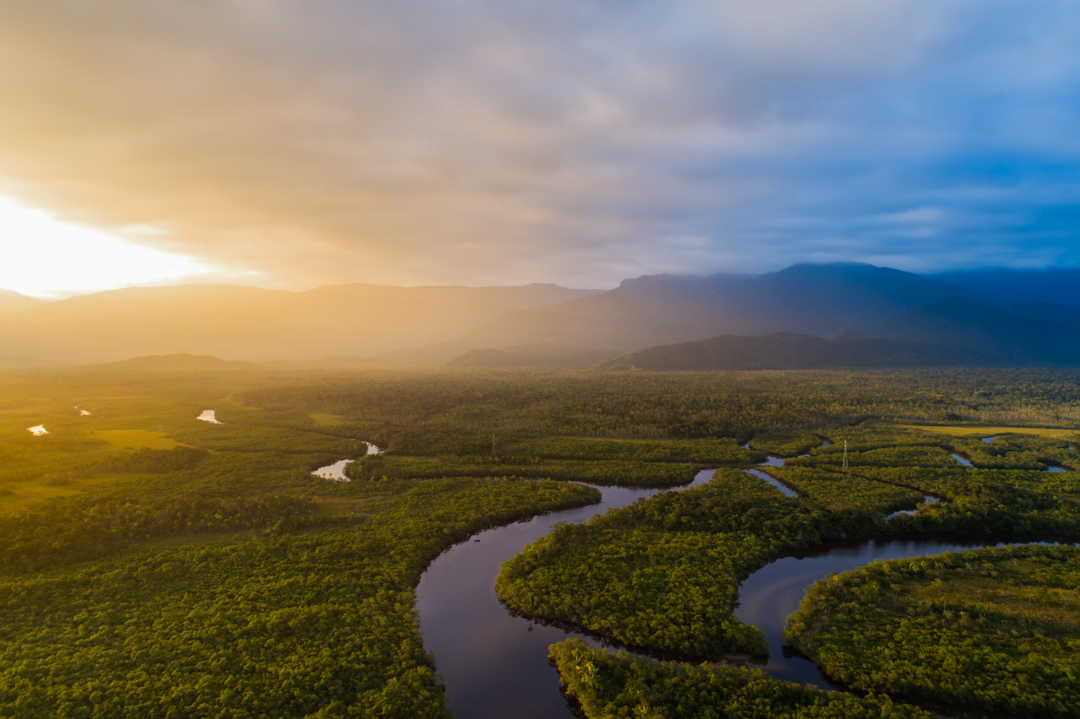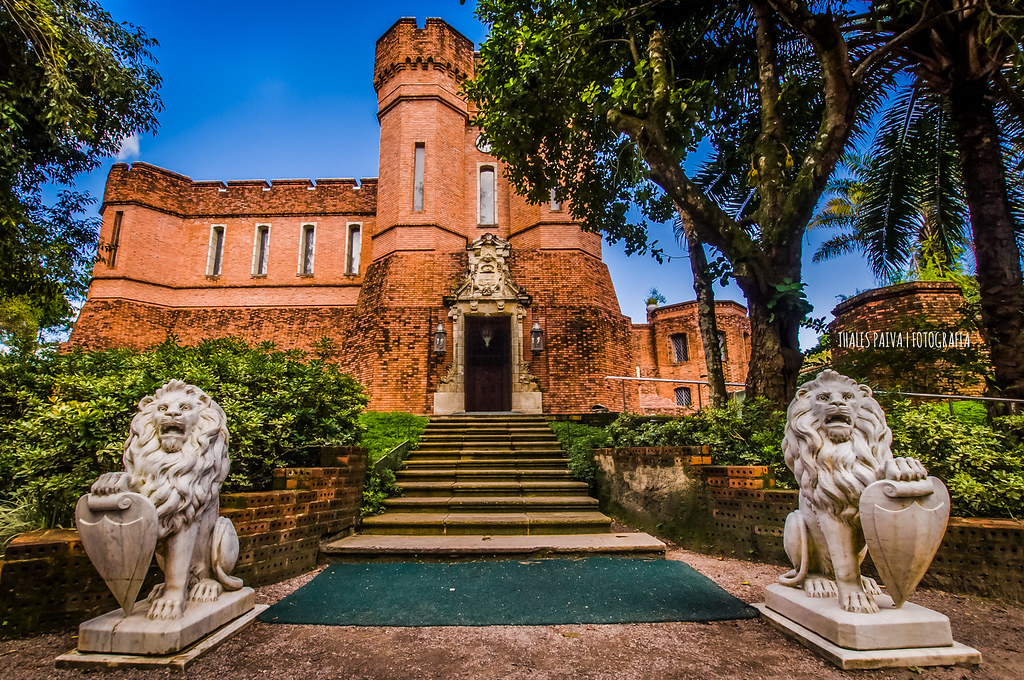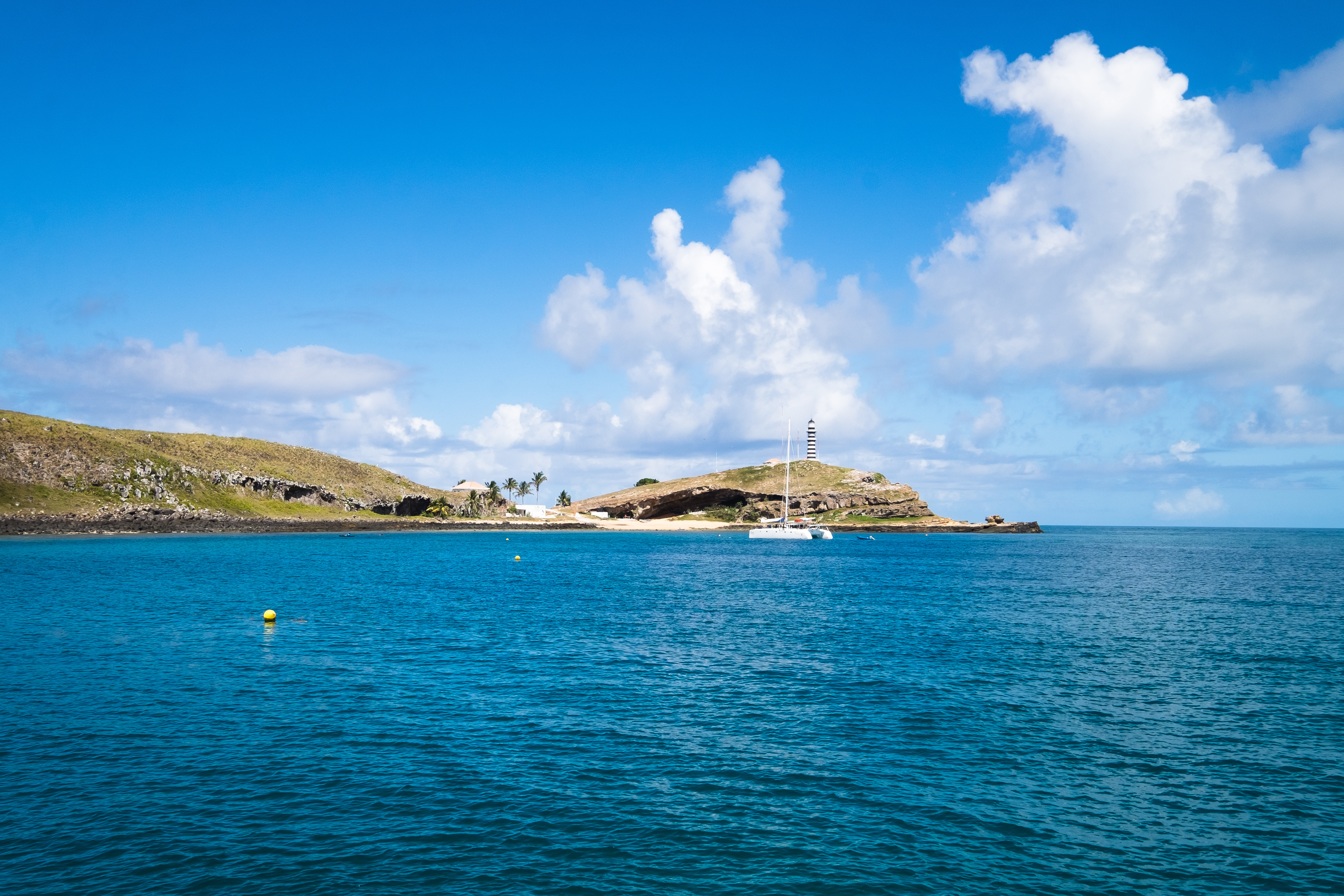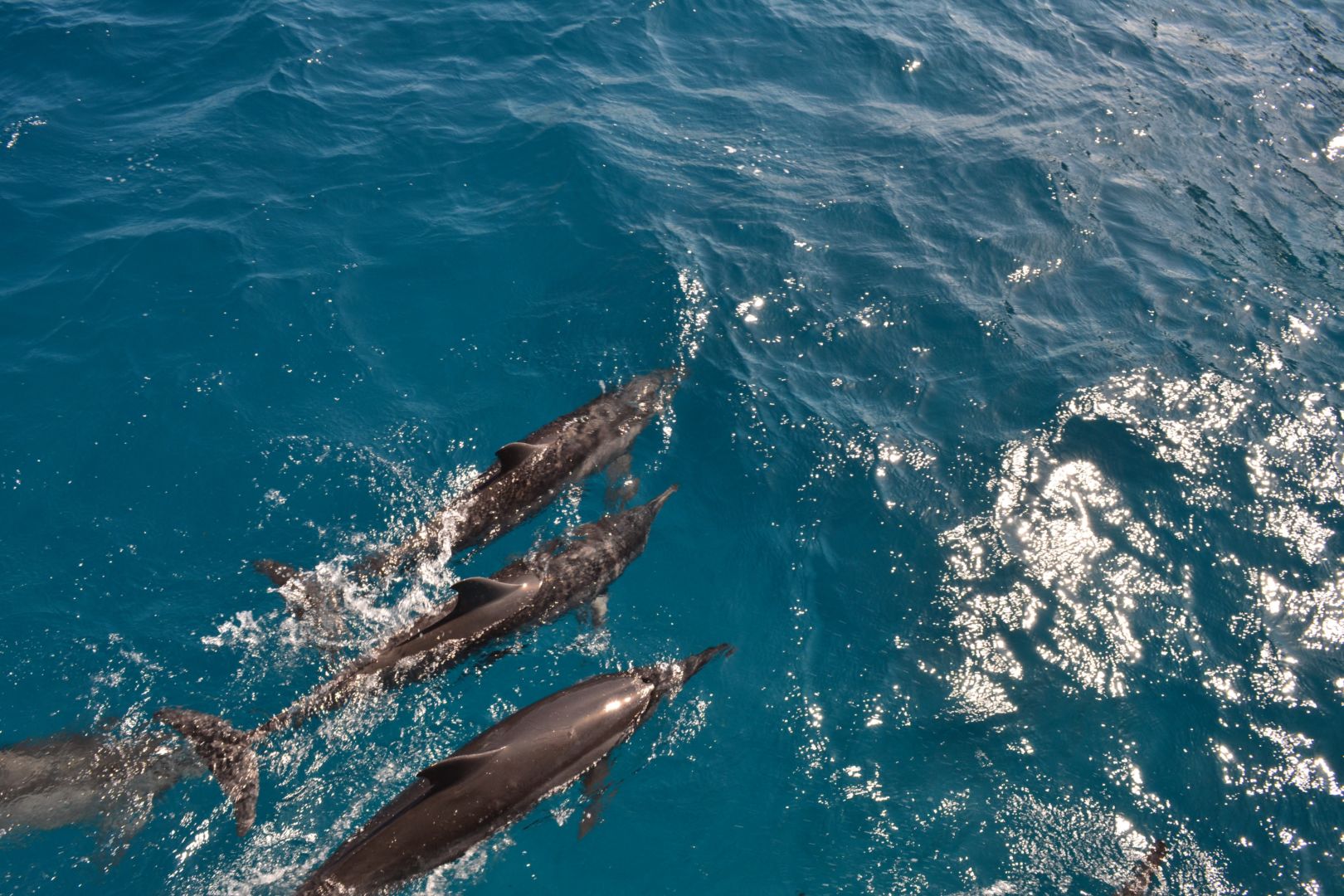The artist Francisco de Paula Coimbra de Almeida Brennand was born in an English family that founded a ceramic factory in the former Engenho São João da Várzea, in the state capital of Pernambuco.
Since the German Count Mauricio de Nassau was invited to manage the area occupied by the Dutch expedition that invaded Brazil in the first half of the 17th century, Pernambuco seems to have an art DNA.
Nassau would be known not only for the bold infrastructure improvement projects in the future capital of Pernambucano, but also for the incentives for the arts and culture.
The historic center of Recife is a kind of Pernambuco Amsterdam, with its bridges and canals. Art and architecture bear witness to the history of the colorful city. The attractions range from the ruins of a wall of the Dutch occupation (Open Air Museum) to cultural spaces that honor the frevo (Paço do Frevo), a typical dance of the region.
Today’s most famous name among visitors who landed in the capital of Pernambuco is the family of Francisco Brennand, a Brazilian artist who developed work in different techniques, especially the ceramics – the family’s DNA mark. In 2017, Brennand was awarded the Guararapes Medal of Merit – Great Cross, the highest honor in the state of Pernambuco. Francisco Brennand, curiously classmate of writer Ariano Suassuna, is the author of two important cultural spaces in Recife, the Ceramic Workshop and the Sculpture Park. Both carry your name. Learn a little about these streets and the Ricardo Brennand Institute, opened in 2002, a constant presence in the annual votes of the best museums in the world (Travelers’ Choice Museums), according to readers of TripAdviso
Parque das Esculturas Francisco Brennand (Francisco Brennand Sculpture Park)
A narrow strip of reef is the address of the park, in front of Marco Zero, from where the maritime transfers to there dock. Inaugurated for the 500 years of discovery of Brazil commemorations, in 2000, the place has peaces signed by the artist who gives name to the attraction. Totems that seem to float on the sea, the collection of about 90 masterpieces stands out with the ‘Crystal Column’, clay and bronze sculpture, 32 meters high.
Oficina Brennand
Away from the center and located in one of the oldest districts of the city, the workshop is the museum-studio that the artist keeps in the Várzea neighborhood, in the old facilities of São João Ceramics. In this kind of laboratory, Francisco Brennand produced works that, currently, are exposed. One example is the work Muralha Mãe Terra’, an open-air area that houses mythological sculptures; at the ‘Temple of Sculptures’ with its bluish dome in the center; and in the outdoor gardens designed by Roberto Burle Marx.
Ricardo Brennand Institut
Across the Capibaribe River is the Ricardo Brennand Institute, which houses the private collection of industrialist Ricardo Coimbra de Almeida Brennand, in an area of over 77,000 m², where the old São João mill once worked. reddish in view that mimic medieval castles, the site houses a 992 m² gallery for temporary exhibitions; a picture gallery; a Gothic style chapel; and the impressive collection of the São João Castle Museum, where Ricardo Brennand exhibits his private collection of more than 3,000 melee weapons such as daggers, swords and pocketknives, such as the armor of the early 16th century and the rifles of Dom Pedro I and his son. . Researchers and the general public by appointment can also visit the complex’s library, which houses digitized collections of maps, prints and postcards, focusing mainly on colonial Dutch Brazil.


